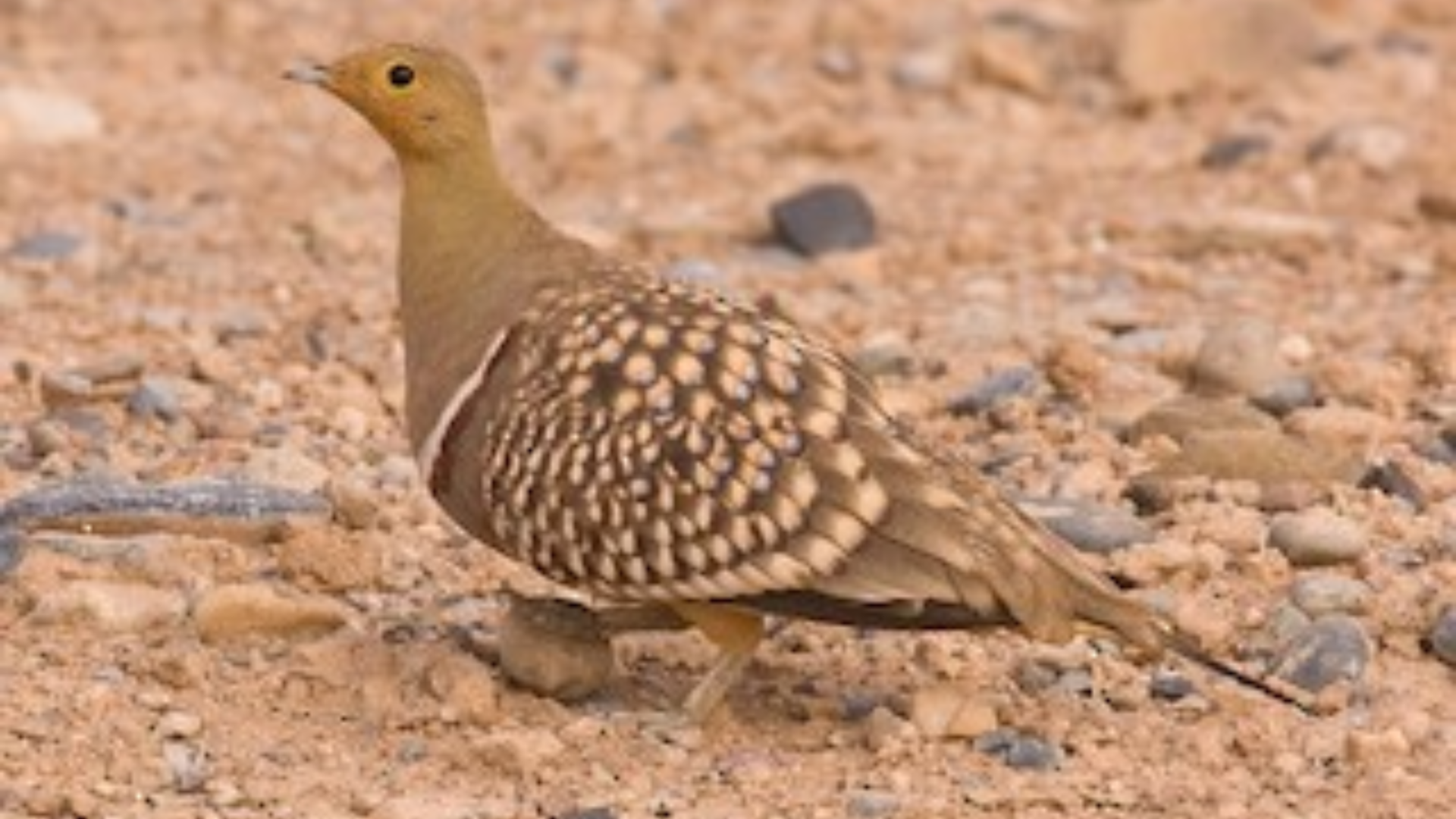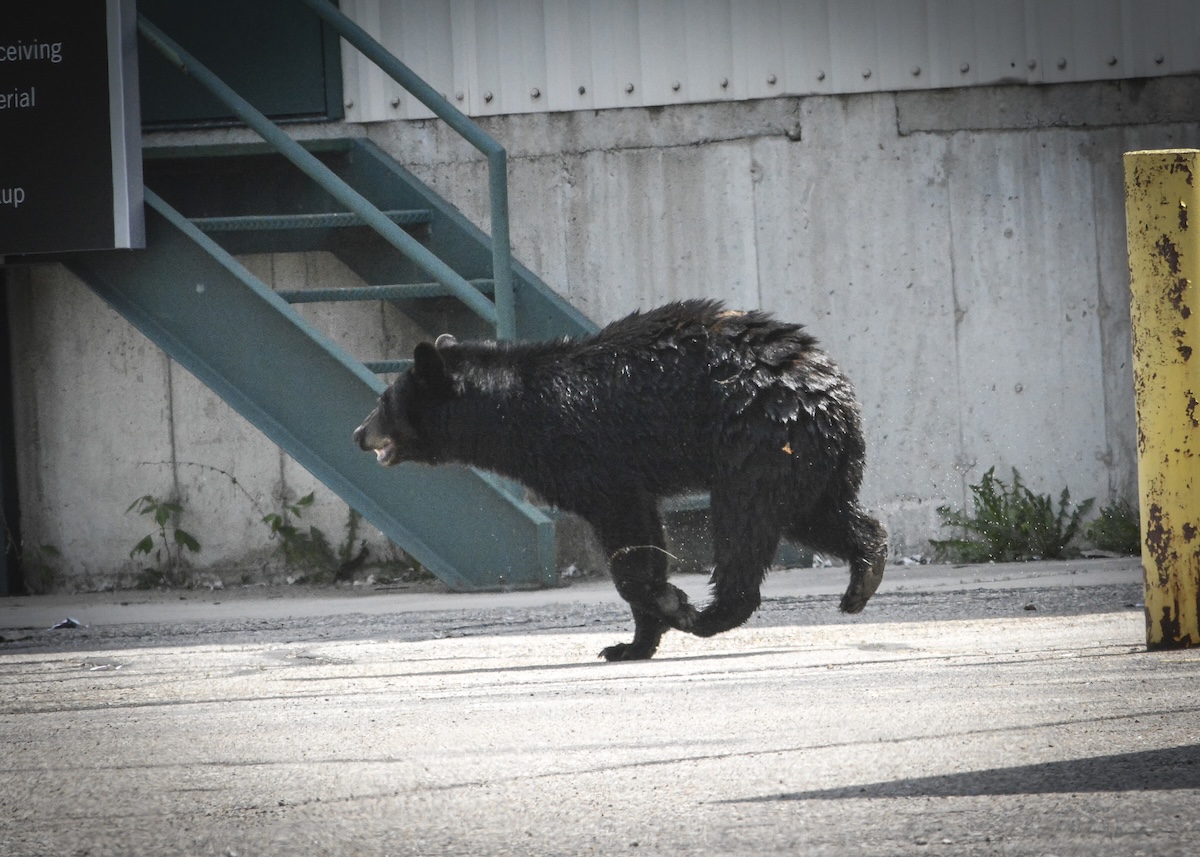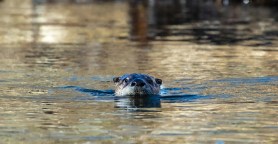

In the deserts of southwest Africa, a small bird called the Namaqua sandgrouse hides a big secret. To bring water back to its young, the bird has a sort of water reservoir hidden in its feathers.
Videos by Outdoors
A new study from the Royal Society Interface investigated just how this desert-dwelling bird is able to do this, and the findings could have surprising implications for humans, too. Researchers found that the sandgrouse’s belly feathers act kind of like blood vessels, according to an Inverse report on the study. When the bird wades into a pool of water, the barbules on its feathers unfurl and create a web to contain the water.
Lorna Gibson, co-author of the paper and a professor of mechanical engineering at MIT, told MIT News that the study was driven by pure curiosity. But it could potentially revolutionize the way we trap and carry water as humans, too. In places where water sources are scarce but there’s regularly dew and fog, such as in Chile’s Atacama Desert, Gibson said we could use this knowledge to become more effective at “fog harvesting.”
On a smaller scale, the sandgrouse’s feathers could also inspire innovation in water bottles and the bladders we use while running.
“The researchers think that a new water bottle — or, more precisely, a water bladder — inspired by these feathers might be a more efficient water source for elite runners, hikers, or other athletes,” Inverse wrote. “Rather than a rigid plastic container that sloshes around as they move, they could carry a flexible sac with components that shapeshift as they dry, holding water in place.”
Scientific studies on animal adaptations like this often fuel innovation in apparel tech and gear design. Recently, scientists found a way to create a synthetic polar bear fabric that mimics the insulation properties of the bear’s skin and fur, providing more warmth for less weight.









